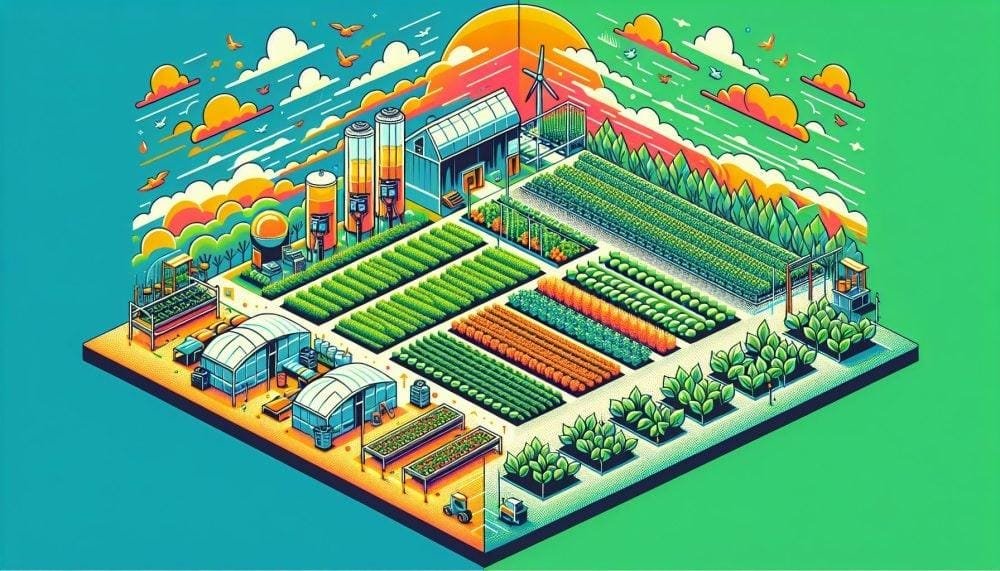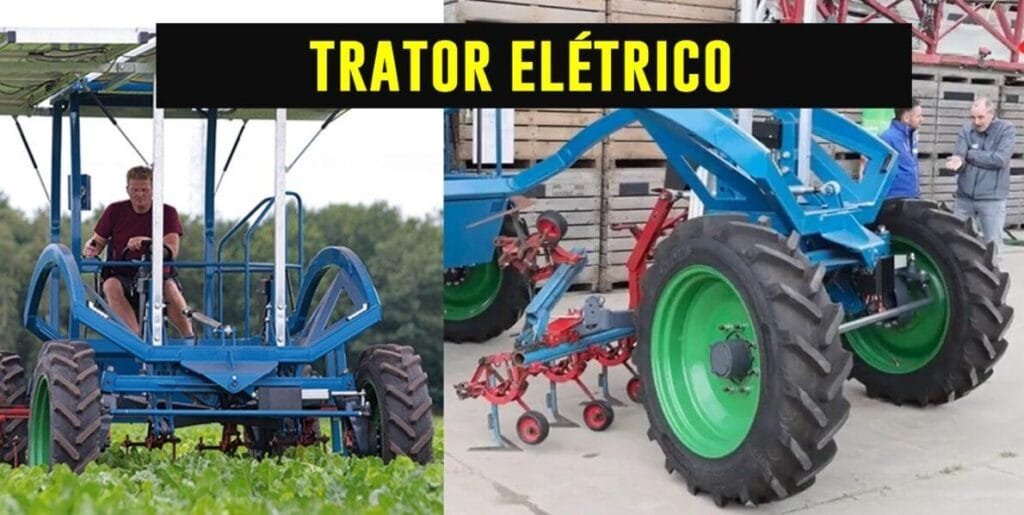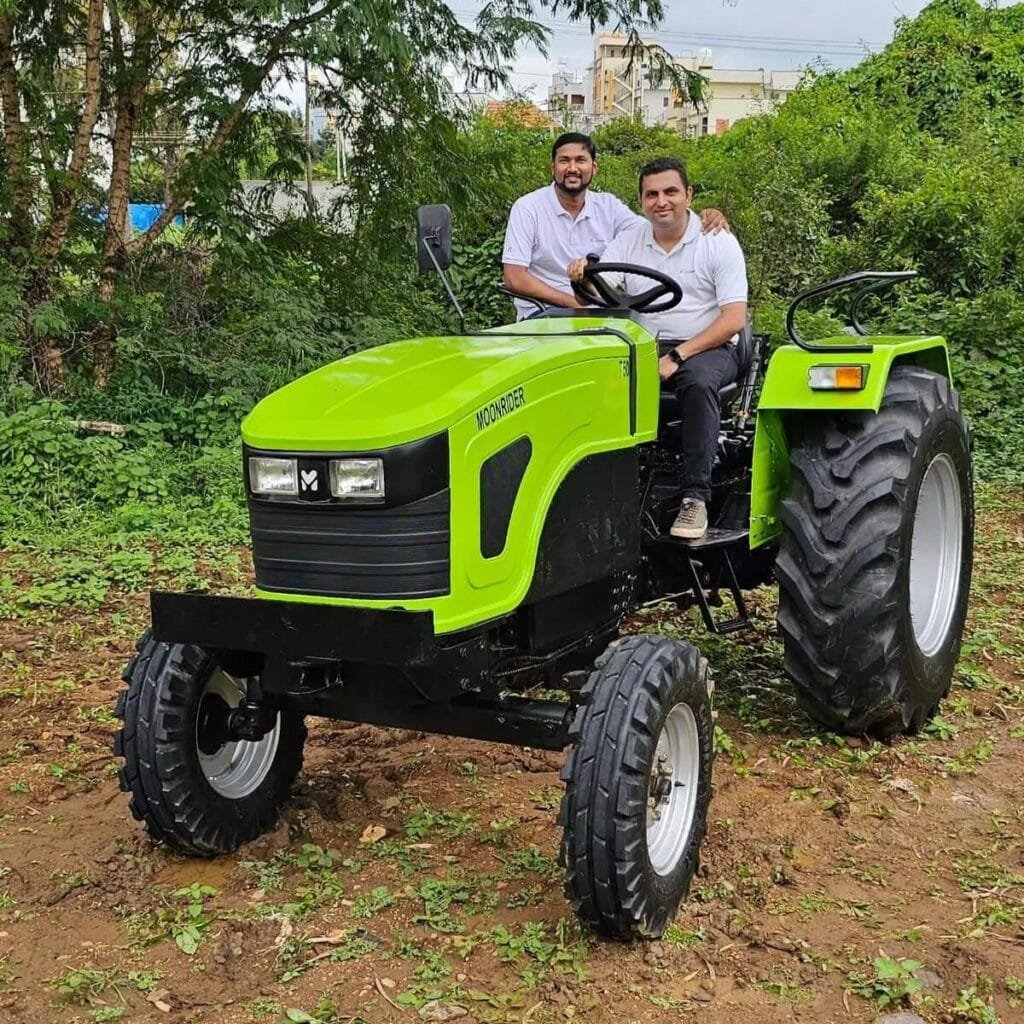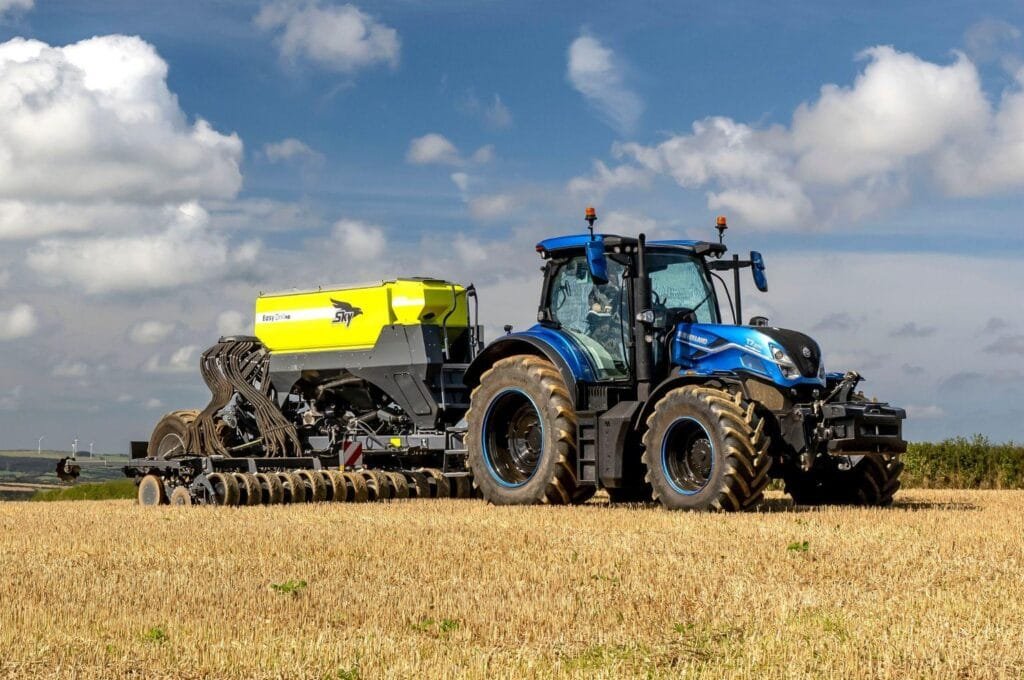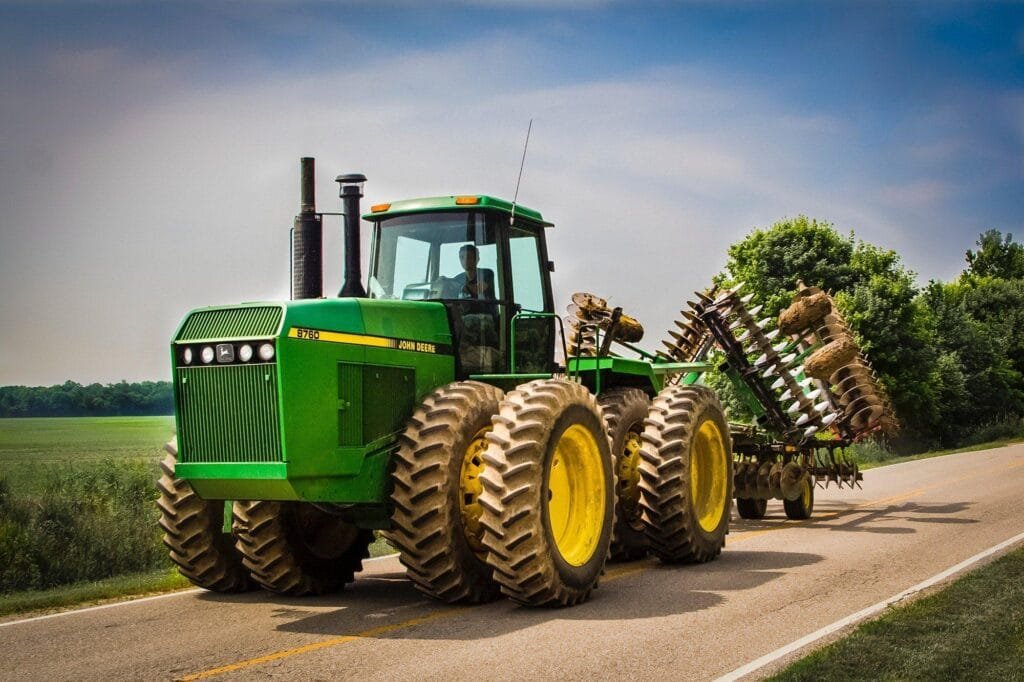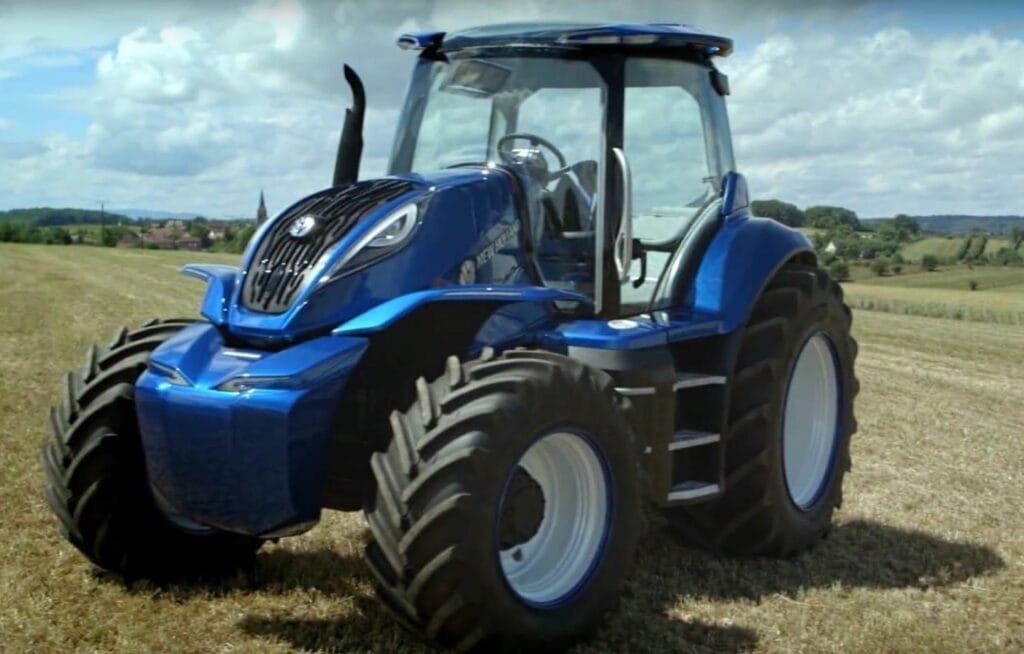Green Transition: Urging the Tractor Industry to Embrace Alternative Fuel Technologies
When sunlight paints the horizon over wide fields, the future of agriculture waits beneath the chassis of a tractor. The industry stands at an odd crossroads, where heritage diesel engines linger while whispers of alternative propulsion echo in steel workshops and eco-focused conferences alike. More than ever before, environmental mandates gain momentum-government boards now emphasize not just crop yields but carbon footprints.
Most would expect tractors to be slow-walking into modernity; instead, there’s been a swift climb in enthusiasm for greener technologies. Recent research suggests this isn’t merely necessary-it’s rapidly becoming inevitable. Market analysts forecast robust expansion in sectors tied to alternative fuel platforms for agricultural machinery. Such growth doesn’t purely rest on environmentalist shoulders; stricter emission standards and farmers’ rising awareness foster real market movement.
Strolling around a contemporary farm expo gives clues to this development: demonstrations of electric-driven vehicles easily rival those powered by combusting fossil sources. At first glance, electrification gains most coverage-the glimmering promise being zero-emission operations from sunrise through twilight shifts. However, progress isn’t monolithic. Biofuels surprise many skeptics by showing actual performance improvements and ease-of-use that push against previous limitations i.e., blending seamlessly with legacy diesel systems without excessive modifications. Farmers who once hesitated now consider these blends pragmatic because feedstock can spring from crops or residual waste lying within their reach.
Of course, talk alone does not ignite engines. According to 2024-2030 projections for Europe’s electric tractor market-a region often driving global trends-the anticipated market value more than doubles within five years (from USD 34 million in 2024 toward over 74 million by 2030), marking annual compounded growth rates surpassing many farm commodity indices. Meanwhile on rural Midwestern lots or Alpine meadows, agri-innovators dabble in methane-powered models sourced directly from biogas digesters alongside compressed natural gas options-a gently radical approach that leans toward self-sufficiency rather than mere compliance with climate regulations.
Biofuels emerge as another crucial aspect-ethanol and biodiesel remain slightly ahead due their blendability and compatibility with existing mechanics. Remarkably enough though engineers recognize outstanding issues such as cost competitiveness versus petroleum-derived alternatives; process optimization remains unfinished business here so research continues apace even as adoption slowly climbs upward slopes.
At times advocates gloss over practical snags: battery charging infrastructure when whole counties lack reliable grid access prompts awkward pauses during boardroom presentations about all-electric fleets replacing diesels overnight. For some communities off beaten tracks (“out past where even deer get lost,” as one upstate New Yorker put it), methane recovery becomes oddly appealing despite perceptions as less cutting-edge compared with lithium-ion packs gleanings headlines elsewhere.
Despite headlines sometimes waxing melodramatic about unceasing innovation transforming every acre before next harvest season arrives-in reality pace remains patchwork at best. In regions boasting subsidies or cooperative research ventures (think Michigan State University’s prototype rollouts on dairy farms), tractors fueled by recovered biomethane sidestep both high diesel costs and supply chain anxieties induced during recent global trade spasms.
There persists though an inconvenient truth lurking behind optimism: green transition requires not only fresh engineering but also adjustment in entrenched mindsets among operators accustomed to troubleshooting coil injectors rather than sensor diagnostics or battery cell management protocols.
Another consideration crops up when pondering longevity-not all new tech outpaces its predecessors straightaway; plenty retrofits drag feet through mud after rain because proprietary software locks stymie swift part swaps that longtime mechanics once completed blindfolded on old Massey Fergusons under moonlight.
Then again one might argue any technology shift unique quirks-it is just nostalgia distorting objectivity when seasoned hands grumble about touchscreen dashboards feeling less tactile than dial gauges ever did twenty years ago after weather took sudden chilly turns end-April.
With each incremental leap-from circuit board calibrations back toward switchgrass-based liquid fuels-tractor manufacturers encounter tradeoffs threaded tightly between initial capital costs, evolving support ecosystems for parts/repairs inaccessible via smartphone apps alone (especially problematic where broadband falters).
Sometimes a field-tested innovation surprises expectations altogether-a methane tractor running hot off dairy slurry outperforms range estimates by midday sun only weeks before thunderstorms returned mud ruts-but less heralded gains still count among cumulative successes reshaping what productivity means per hectare tilled.
If anyone tells you alternative fuels arrive like clockwork across rural landscapes untouched-and never face resistance-they likely haven’t visited auction barns lately nor settled disputes between neighbors loyal either side traditional combustion vs emergent sustainable power divides that cross generational lines nearly every season anew.
Will future green transitions achieve breadth matching optimistic forecasts? Hardly straightforward answers exist-and perhaps wouldn’t hold steady long anyway amid shifting regulatory sands mixed with daily realities true farmers juggle just getting crop cycles synced with machinery readying itself for unfamiliar terrain both ecological and economic at once.
Nonetheless-even if clear skies don’t always follow forecasts-the cultivation has commenced inside R&D labs from Iowa City plantations outward into valleys where next-generation alternative fuel tractors stand poised not only on field edges but for edge cases entire industries dismissed less than a decade ago.


